Discover the best of Brussels with these top 10 must-see attractions and experiences. These are just a few highlights of what Brussels has to offer. The city also boasts excellent museums, lively markets, and a vibrant nightlife scenes. Enjoy your time exploring this fascinating city!
1. Grand Place
Begin your exploration of Brussels at the stunning Grand Place. Admire the ornate architecture of the guildhalls and the towering Brussels City Hall.
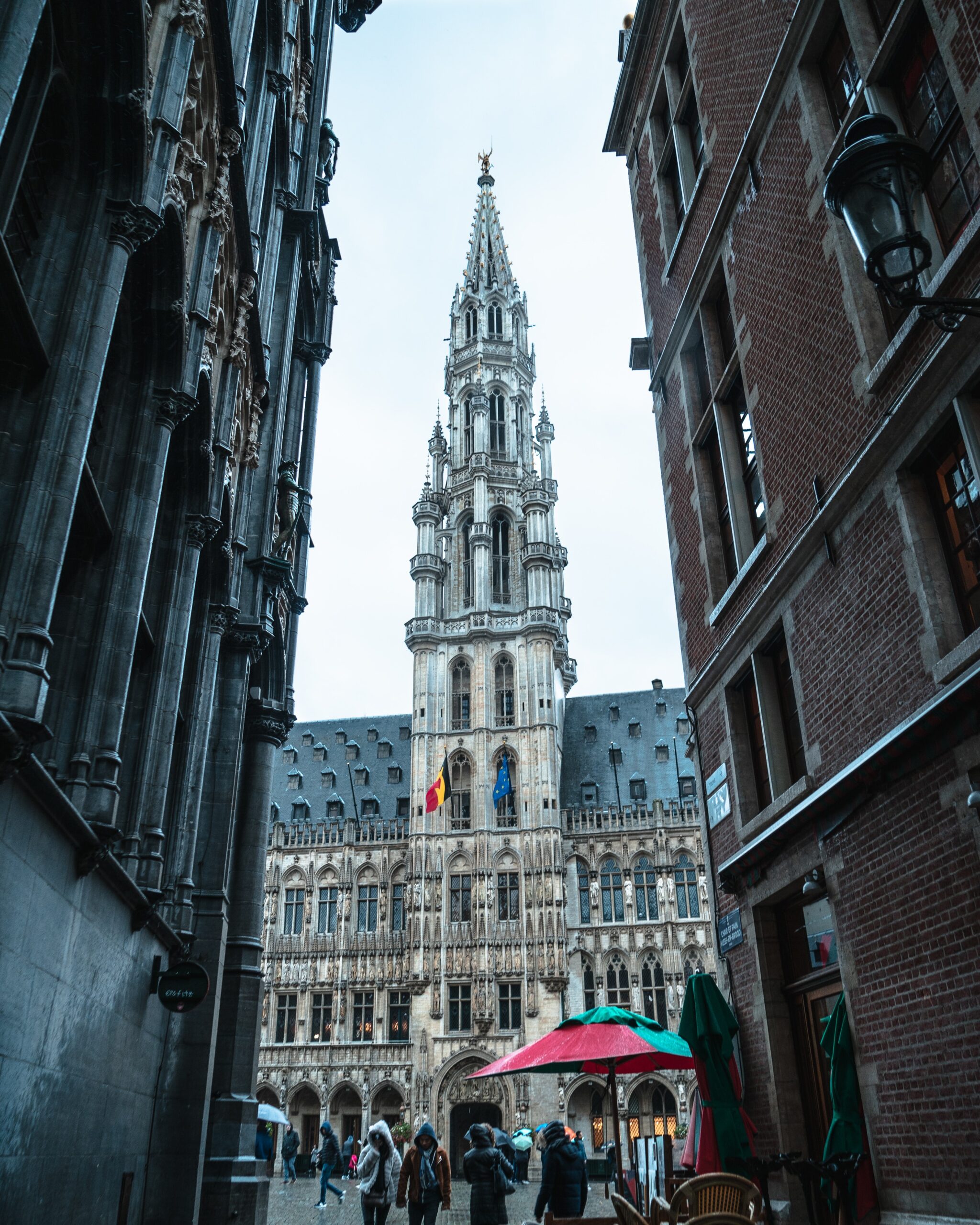
The Grand Place, also known as the Grote Markt, is a historic square located in the heart of Brussels. It is one of the most iconic landmarks in the city, and its rich history spans several centuries.
The origins of the Grand Place can be traced back to the 11th century when a market was established in the area. It quickly became a bustling center of trade and commerce, attracting merchants and craftsmen from all over Europe. The square’s strategic location made it an ideal meeting point for merchants traveling along important trade routes.
Over time, the importance of the Grand Place grew, and it became the economic and political hub of Brussels.
UNESCO World Heritage
The Grand Place was recognized as a UNESCO World Heritage site in 1998, highlighting its outstanding universal value as a historical and architectural masterpiece. It continues to captivate visitors with its grandeur and timeless charm.
2. Atomium
Visit the iconic Atomium, a unique structure representing an iron crystal magnified 165 billion times. Take an elevator to the top for panoramic views of the city.
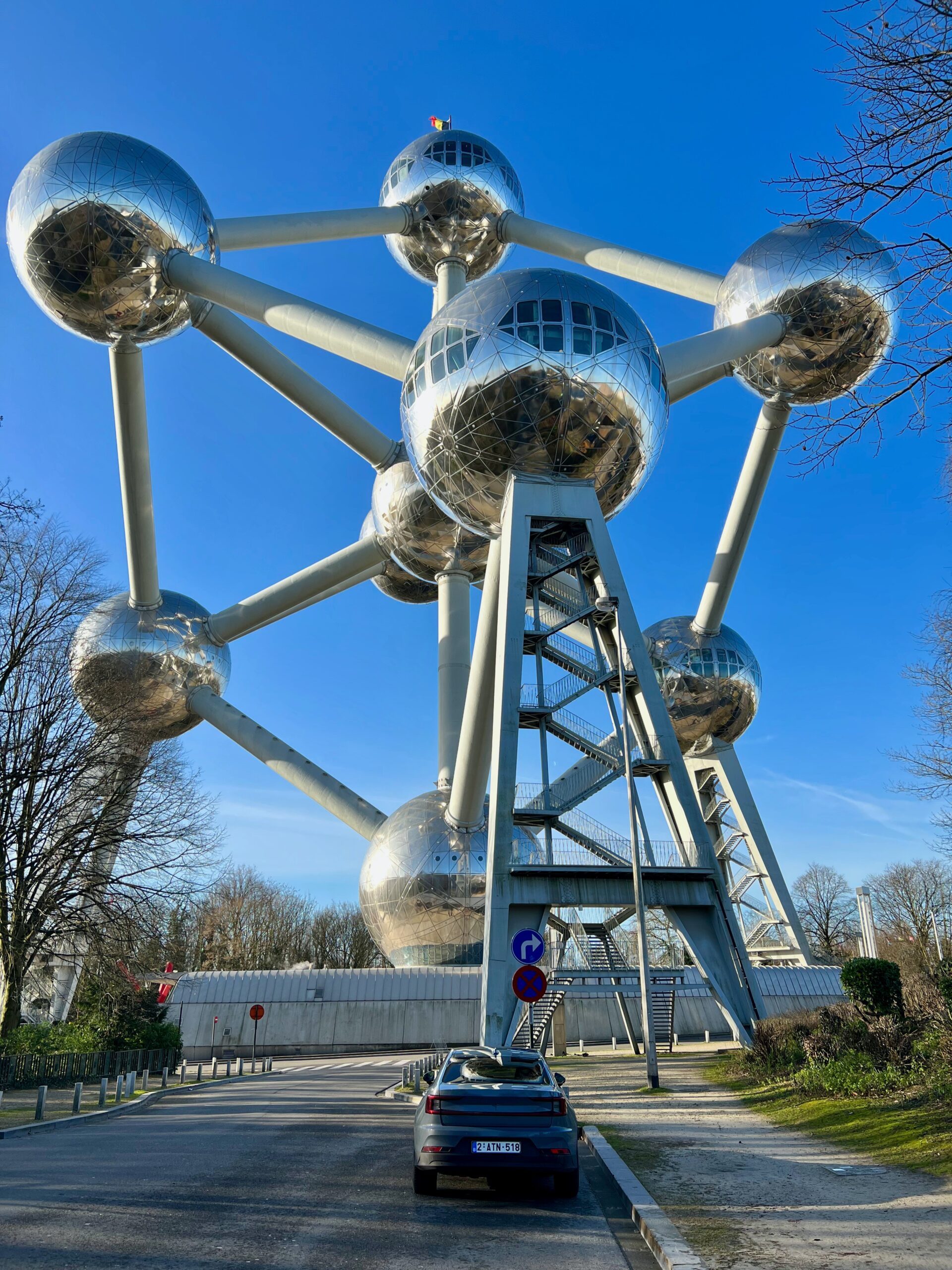
The Atomium stands as a symbol of scientific progress, innovation, and the atomic age. Built for the 1958 World Expo (Designed by the engineer André Waterkeyn and architects André and Jean Polak) , the Atomium has since become one of Belgium’s most famous landmarks and a testament to the country’s architectural and engineering prowess.
It was intended to symbolize the peaceful use of atomic energy for scientific advancement and the possibilities of a brighter future.
Construction of the Atomium began in 1956, with the objective of completing it in time for the Expo ’58. The structure consists of nine interconnected spheres, forming the shape of a unit cell of an iron crystal. The spheres are held together by escalators and tubes that serve as walkways, allowing visitors to explore the structure and enjoy breathtaking views of Brussels from various vantage points.
Each sphere of the Atomium is approximately 18 meters (60 feet) in diameter and represents an iron atom magnified 165 billion times. The top sphere features a panoramic restaurant that offers a dining experience with stunning views of the city.
3. Manneken Pis & Jeanneke Pis
Don’t miss the famous Manneken Pis statue, a small bronze sculpture depicting a little boy urinating. It’s a quirky symbol of Brussels and often dressed in different costumes.
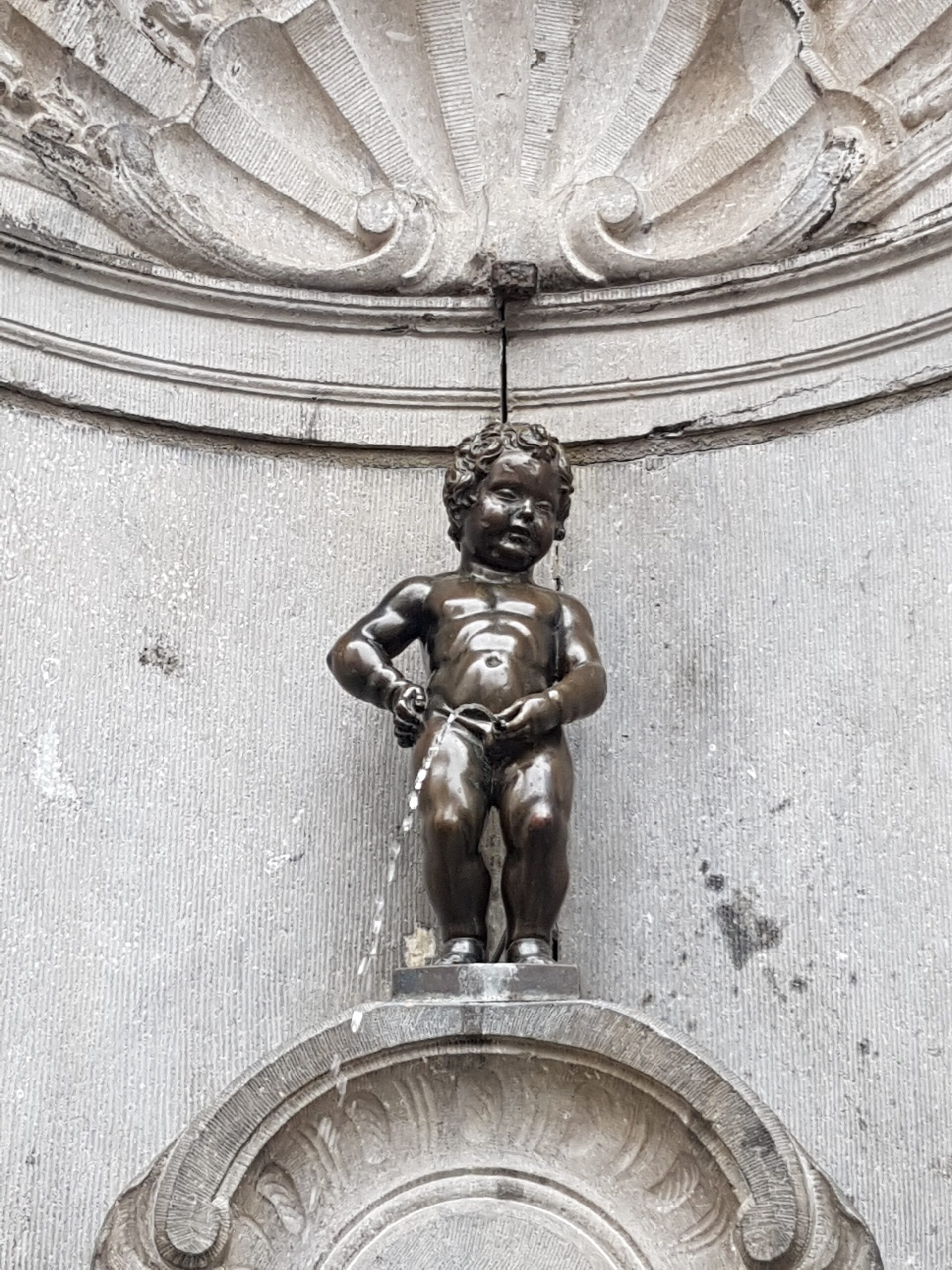
Manneken Pis, which translates to “Little Man Pee” in Dutch, is a small bronze sculpture of a young boy urinating into a fountain basin. The statue is believed to have been created in the early 17th century.
One popular legend surrounding Manneken Pis tells the tale of a young boy who extinguished a fire by urinating on it, thus saving the city from destruction. Another story suggests that the statue was created to symbolize Brussels’ rebellious spirit during medieval times.
Jeanneke Pis, on the other hand, is a more recent addition to Brussels’ statue family. The statue was unveiled in 1987. It depicts a young girl urinating, similar to Manneken Pis. Jeanneke Pis was designed as a counterpart to the famous little boy, celebrating gender equality and adding a touch of whimsy to the city.
Both Manneken Pis and Jeanneke Pis are cherished symbols of Brussels’ playful and irreverent spirit.
4. Belgian Chocolate Tasting
Indulge your sweet tooth by sampling delicious Belgian chocolates. Visit renowned chocolate shops like Neuhaus, Godiva, or Leonidas, and learn about the chocolate-making process.
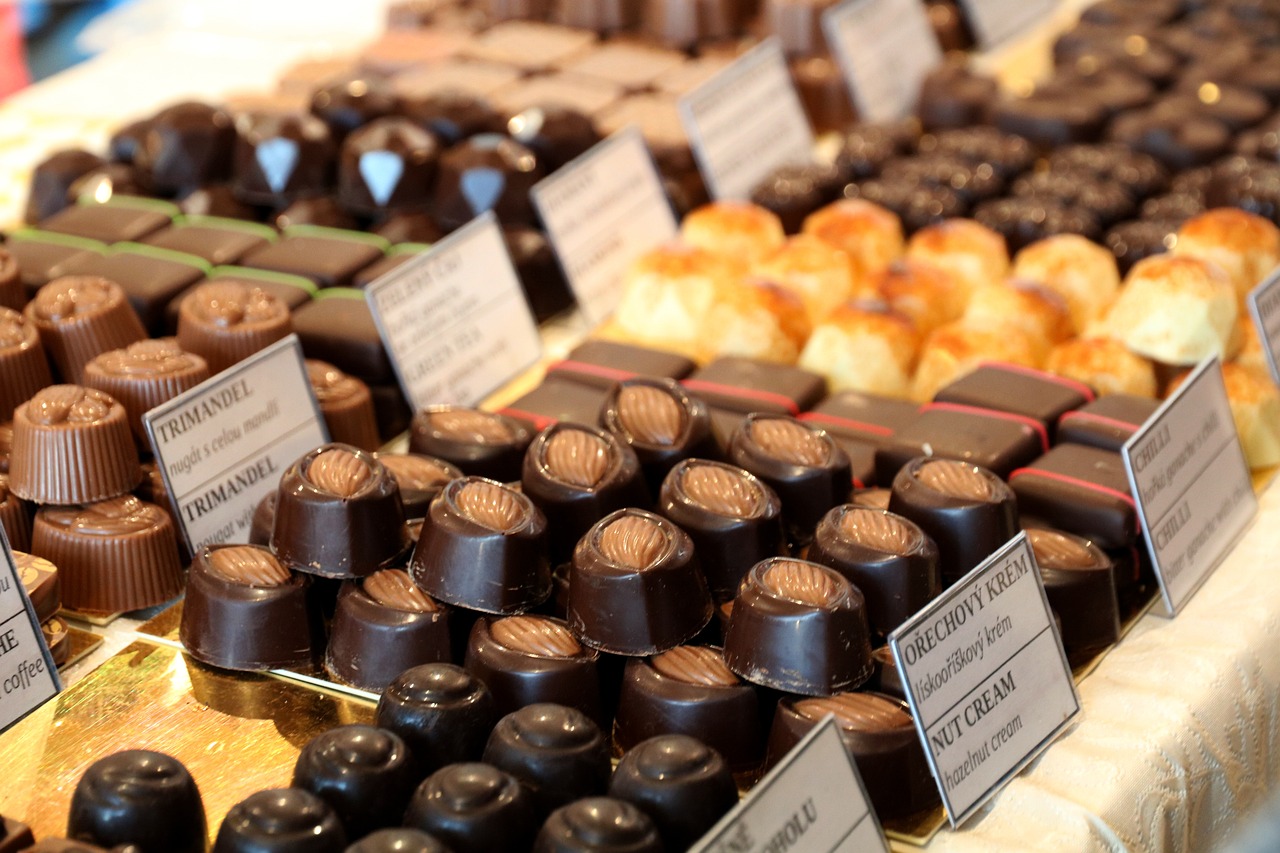
Why is Belgium known for chocolate?
Historical Legacy: Belgium’s association with chocolate dates back centuries. During the colonial era, Belgium had access to cocoa beans from its African colonies, enabling the development of a thriving chocolate industry. Belgium also offers an extensive range of chocolate creations to suit all tastes. From creamy pralines and truffles to filled chocolates, ganaches, and chocolate bars, there is something for everyone.
5. Belgian Waffels
Treat yourself to mouthwatering Belgian waffles, topped with powdered sugar, whipped cream, and fresh fruits. You’ll find many street vendors and cafes serving these delightful treats.
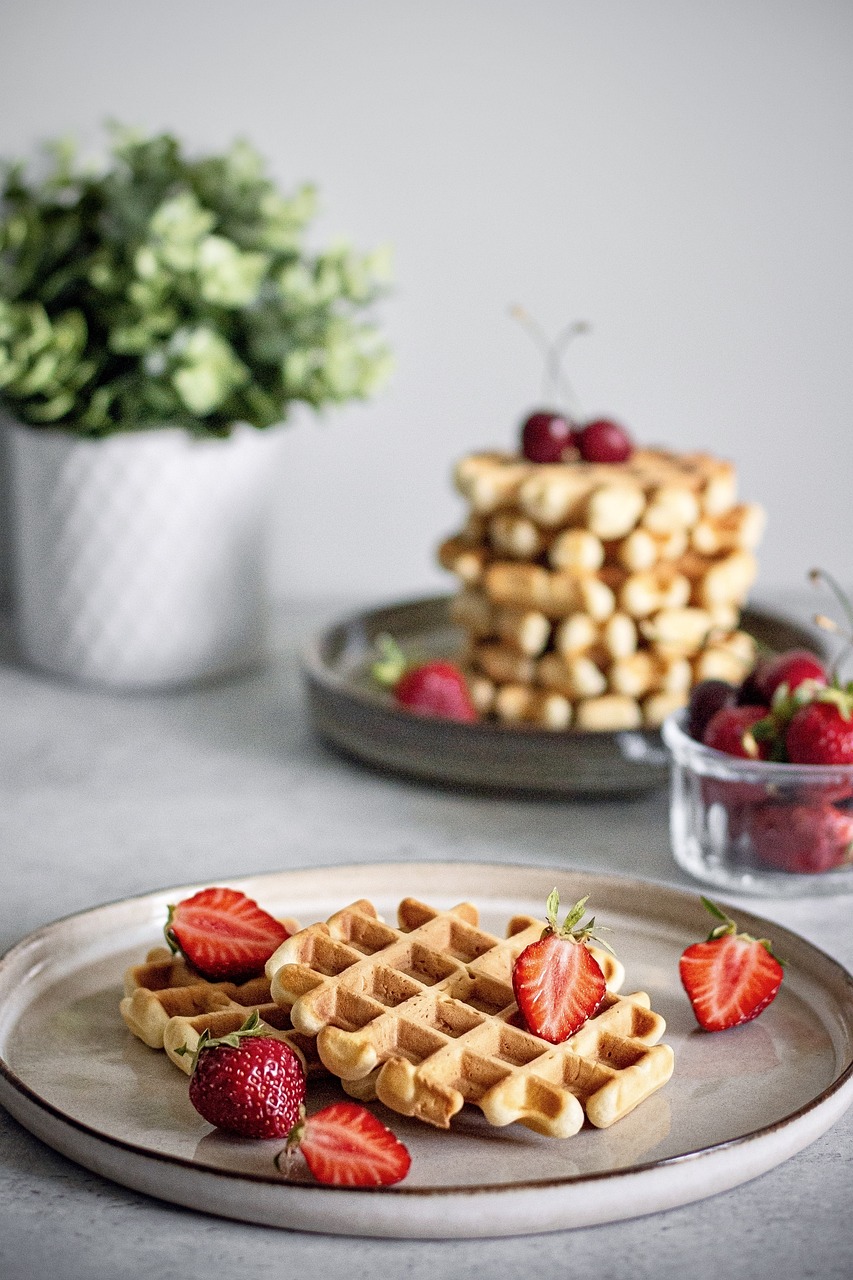
What is the difference between the Luikse waffle and Brusselse waffle?
The Luikse waffle and Brusselse waffle are two popular types of Belgian waffles that differ in their ingredients, texture, shape, and taste.
Luikse Waffle (Liège Waffle):
It is round or oval in shape and slightly thicker compared to the Brusselse waffle. The dough for a Luikse waffle is made with a brioche-like yeast dough, which gives it a denser texture and a slightly chewy consistency. They have a rich, sweet taste of vanilla due to the addition of vanilla extract or vanilla sugar to the dough. These waffles have a crisp exterior due to the caramelization of the pearl sugar, while the inside remains soft and doughy.
Brusselse Waffle (Brussels Waffle):
It is rectangular in shape with a series of deep square pockets. The dough for a Brusselse waffle is lighter and fluffier compared to the Luikse waffle. It is made with a leavened batter, often using beaten egg whites to give it a light and airy texture. Brusselse waffles have a more delicate flavor. They are slightly sweet with a subtle vanilla taste. These waffles have a crisp exterior and a light, fluffy interior.
6. Comic Strip Route
Explore the streets of Brussels on the Comic Strip Route, where you can admire colorful murals showcasing beloved Belgian comic book characters like Tintin and the Smurfs.
7. Royal Museums of Fine Arts
Discover Belgium’s artistic heritage at the Royal Museums of Fine Arts. The complex consists of several museums, including the Old Masters Museum and the Magritte Museum.
8. St. Michael and St. Gudula Cathedral
Visit the stunning St. Michael and St. Gudula Cathedral, a masterpiece of Gothic architecture. Admire the intricate stained glass windows and the majestic organ.
The origins of the cathedral can be traced back to the 9th century when a chapel dedicated to St. Michael was built on the site. Over time, it underwent several renovations and expansions. In the 11th century, the Romanesque-style chapel was replaced by a larger church.
During World War II, the St. Michael Cathedral suffered significant damage due to bombings. However, restoration work took place after the war, and the cathedral was once again repaired and renovated.
Today, the St. Michael Cathedral stands as a magnificent example of Gothic architecture in Brussels. It features a combination of architectural styles from different periods, including Romanesque, Gothic, and Renaissance elements. The cathedral is known for its stunning stained glass windows, intricately carved choir stalls, beautiful altars, and the grand organ.
9. Brussels Park and Royal Palace
Take a leisurely stroll through Brussels Park, located near the Royal Palace. Enjoy the serene surroundings, beautiful gardens, and maybe even catch the Changing of the Guard ceremony.
10. Belgian Beer Tasting
Belgium is famous for its wide variety of beers, so be sure to try some of the local brews. Visit traditional Belgian pubs, known as “brown cafés,” and savor beers like Trappist ales, lambics, and saisons.
Some popular Belgian beer:
- Duvel: Duvel is a strong golden ale known for its high alcohol content and fruity, spicy flavor profile.
- Chimay: A Trappist beer produced by monks at the Scourmont Abbey. It comes in various styles, including Chimay Blue, Chimay Red, and Chimay White.
- Orval: Orval is a distinctive Trappist beer known for its complex flavors, including fruity, spicy, and hoppy notes. It has a dry and slightly bitter finish.
- Leffe: Leffe is a popular Belgian abbey beer with a range of styles, including blonde, brown, and tripel. It is characterized by its smooth and malty flavors.
- Hoegaarden: Hoegaarden is a Belgian wheat beer that is light, refreshing, and often garnished with a slice of orange. It has a slightly tangy and spicy taste.
- Tripel Karmeliet: Tripel Karmeliet is a Belgian tripel beer brewed with three grains—barley, wheat, and oats. It is characterized by its golden color, creamy texture, and complex flavors of banana, vanilla, and spice.
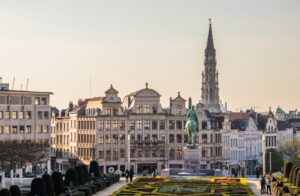
No Responses